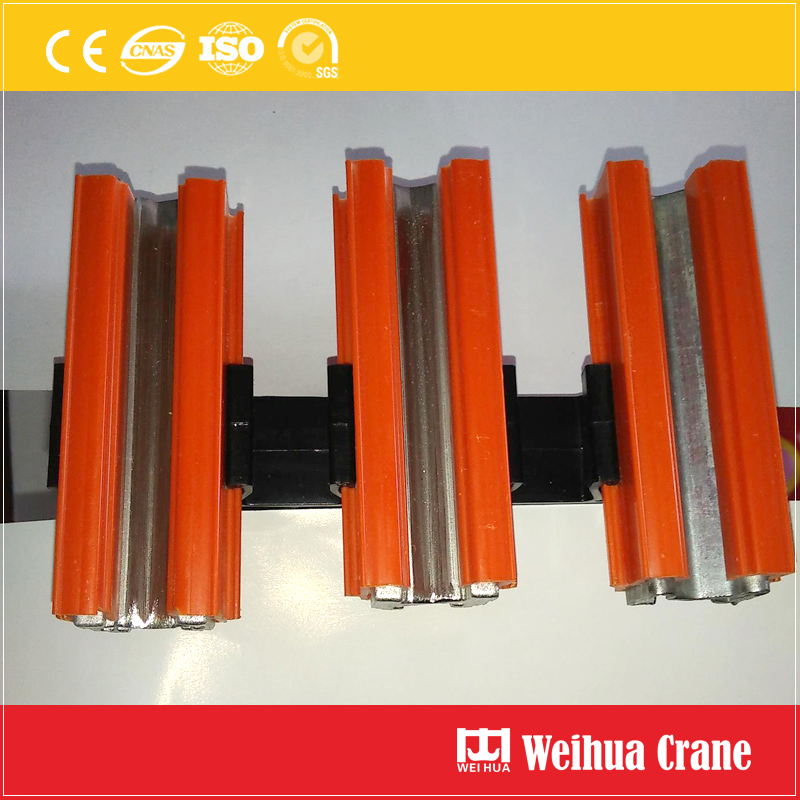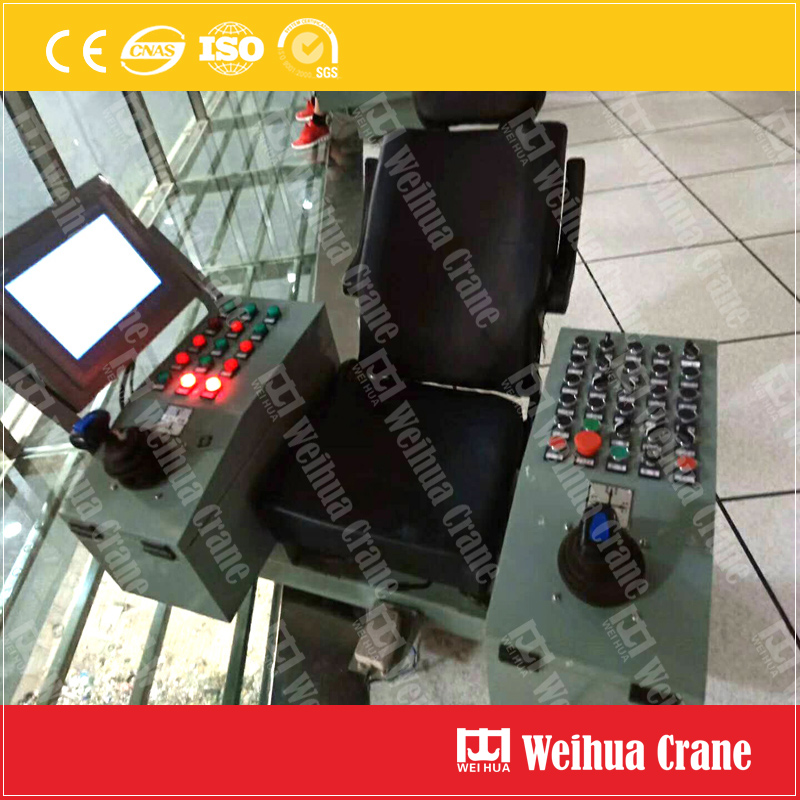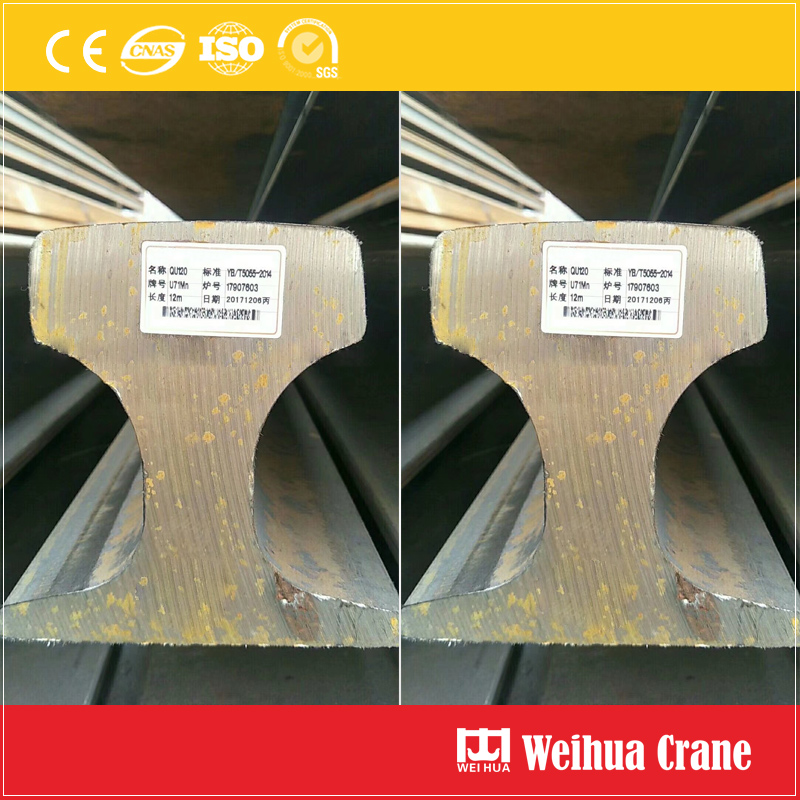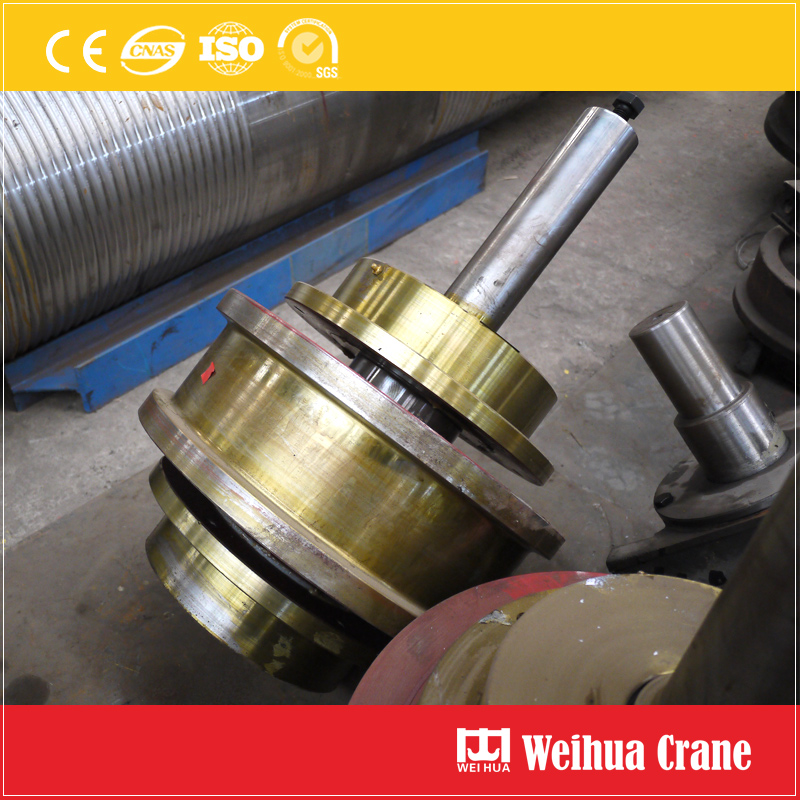The first - commonly referred to paragraph firing arsenic removal section. Here, the temperature is controlled at 925 O F and the oxygen supply is controlled to the lowest value. In order to ensure the removal of arsenic in the form of trivalent god, it is usually kept in the reduced state at the beginning of the calcination, because the presence of excess oxygen promotes the oxidation of the third-order arsenic to pentavalent arsenic, which is arsenic of ferric iron . salt form surface film left on the calcine to delay or obstruct feed of arsenic - volatilization step, and the influence of the calcine leaching of gold. The second crucible is called oxidative roasting. The fluidized bed material into the calcined under oxidizing conditions activity - oxidation step, and the feed sulfur - removing step, however, this is impossible to achieve do not want to happen firing die, because complete removal of the sulfur, iron is bound to promote the continued Oxidized into magnetite and left in the micropores of the calcine, thereby preventing the permeation of the cyanide solution. Table 1  Standard analysis results of factory processing name    Weigh Tons / day Au (oz / ton) Fe S As Sb Grinder feeding 1250 0.19 6.60 2.2 0.85 0.04 Flotation concentrate 130 1.60 23.00 17.5 7.6 0.18 Calcination 100 2.00 27.80 2.5 1.0 0.13 Electrostatic dust collector dust twenty two 1.43 18.00 2.75 2.29 0.30 Bag dust collector dust 15 0.12 1.75 0.50 70.00 0.50 A brief history of gas purification operations Jat mine gas purification was originally built in October 1951 - the seat low temperature Curt McConnell type electrostatic precipitators for dust collector calcine and condensate from gas exports Edward roaster down arsenic trioxide. In early 1952 installed the first - stage fluidized roaster - seat diameter It appears that in terms of gold extraction, the first - stage fluidized roaster is strictly controlled air to maintain operation under a moderate reducing atmosphere, so that the furnace outlet gas contains a high concentration of sulfur dioxide (substantially not trioxide). sulfur). When the temperature of the electrostatic precipitator is still gas at SO 2 and SO 3 is close to the condensation temperature, the surface of the non-conductive arsenic dust particles adsorbs SO 3 , which causes the suspended dust to become electrically conductive and be recovered. The amount of SO 3 in the outlet gas of the roaster is not high, so that the non-conductive dust particles of the condensed arsenic are discharged from the chimney through the electric precipitator. In 1955 , a second Cotnel-type high-temperature electrostatic precipitator was built. It was used to selectively recover the impurities contained in the roasting dust before the arsenic condensed in the original low-temperature electrostatic precipitator was collected. gold. The two (hot and cold) electrostatic precipitators operate in tandem to increase the efficiency of the dust collection, but the condensed arsenic particles are not sufficiently conductive for recycling in low temperature electrostatic precipitators. Attempts to increase the amount of sulfur trioxide in the exit gas of the roaster have not been successful. Finally , the mixed recovery of As 2 O 3 and the baking dust is reduced to 60% , which makes it necessary to operate the two electrostatic precipitators at low temperatures. 1957 - Taiwan small bag filter it - part of the roaster gas were tested. The results show that the arsenic capture efficiency of this device is as high as 99% , and the service life of the bag is satisfactory. 1958 is installed - the expansion of the two fluidized solids roaster seat. At the same time - a standard 30- Draco bag filter with 8 compartments was put into operation. It was used to capture the roasting dust in the furnace gas and the condensed dioxide. After the good in this new fluidized solids roaster operation, this type of electrostatic precipitator on the Côte Nair as - as to promote the flow of flue gas station high temperature electrostatic precipitator. From this, selective collection of gold-containing roasting dust and condensed arsenic trioxide is put into practice. In the spring of 1962 , the original low-temperature Cotnel electrostatic precipitator was modified, and it is currently operating in parallel with a high-temperature electrostatic precipitator.
Crane Components can be Electric Parts, Mechanical Parts, and accessory of an Overhead Crane , Gantry Crane , etc. The crane electric components can be a console, control box, conductor, motor, reducer, brake, pendant, cable, limiter, breaker, switch, etc. The crane mechanism components can be a wheel, hook, coupling, bearing, end carriage, wire rope, pulley, etc. The crane accessory can be a buffer, rail track, etc.
Most asked components from customers: conductor bar, busbar, rails, Current Collector, wheels, operator console, etc.
Weihua is China leading crane manufacturer, and we provide all kinds of crane components, which is made in China or imported from world well-known brands. For crane components change and crane rebuild and maintenance, we are able to provide the professional solutions for you. Welcome to Weihua.
Crane Components Crane Components,Current Collector,Conductor Current Collector,Busbar Current Collector Henan Weihua Heavy Machinery Co., Ltd. , https://www.weihuacranefactory.com



